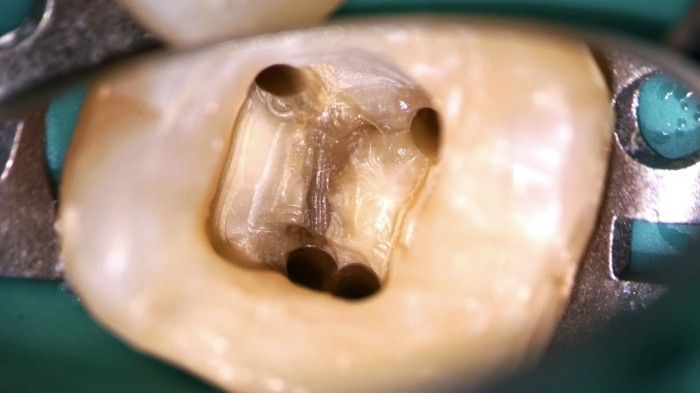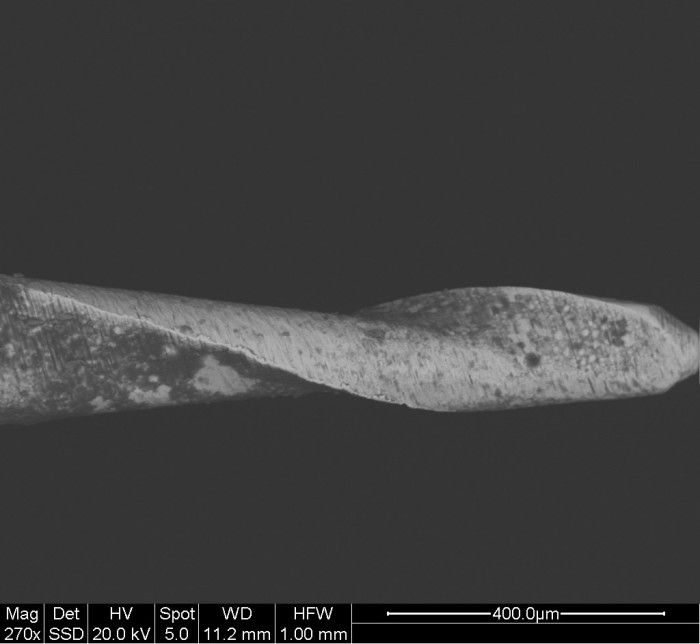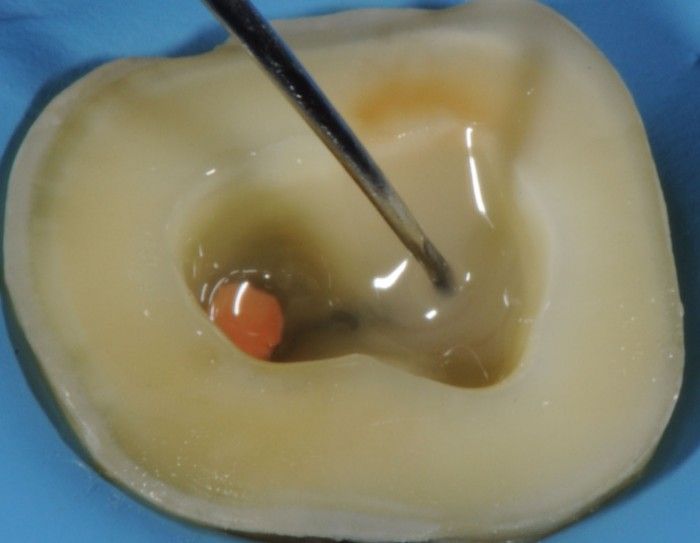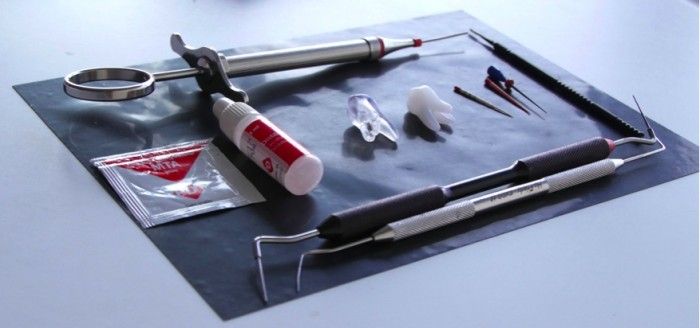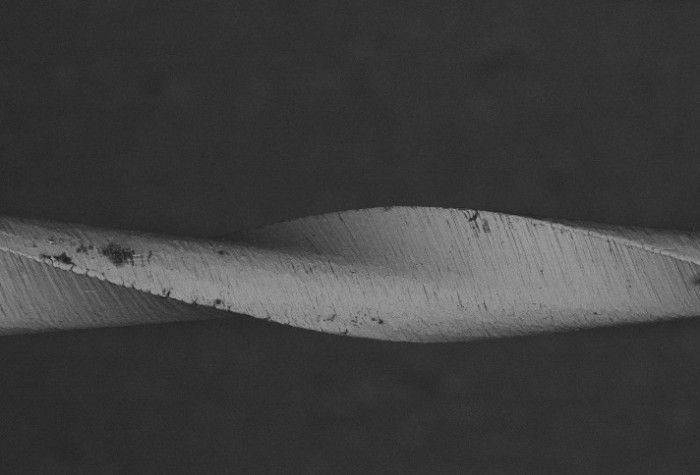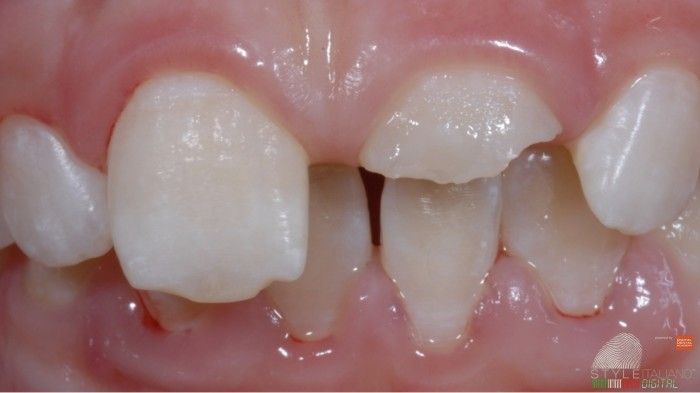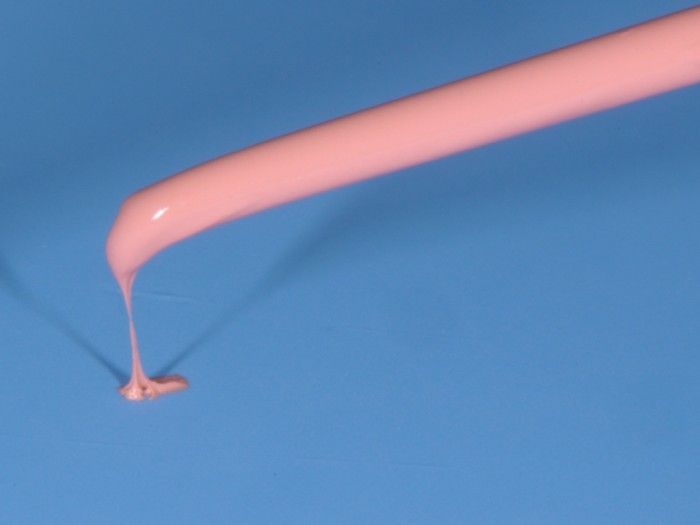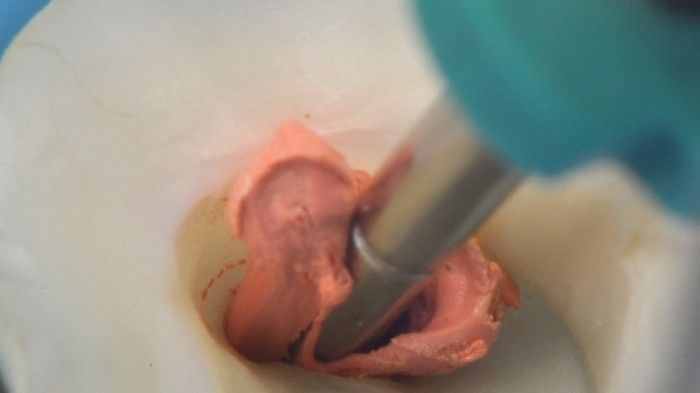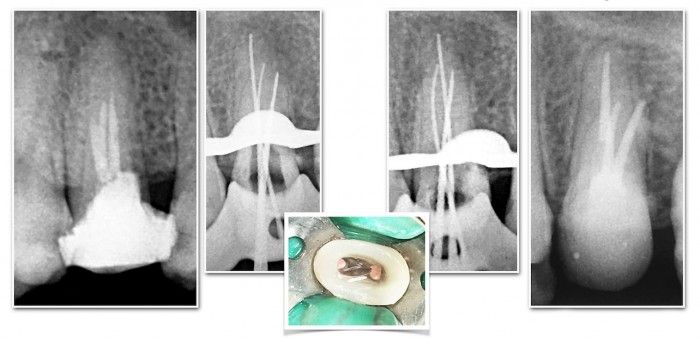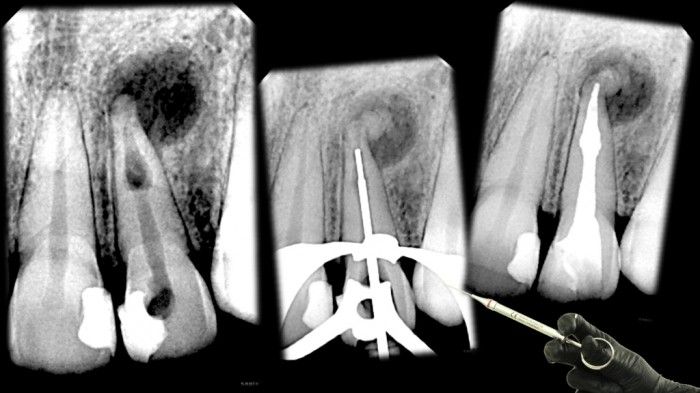The final objective of endodontic procedures should be the total obturation of the root canal space. Biologic necessity requires the elimination of the protein degradation products, bacteria and bacterial toxins which produced from necrotic and gangrenous root canals. These can be achieved by thorough mechanical and chemical cleansing of the entire pulp cavity and its […]

